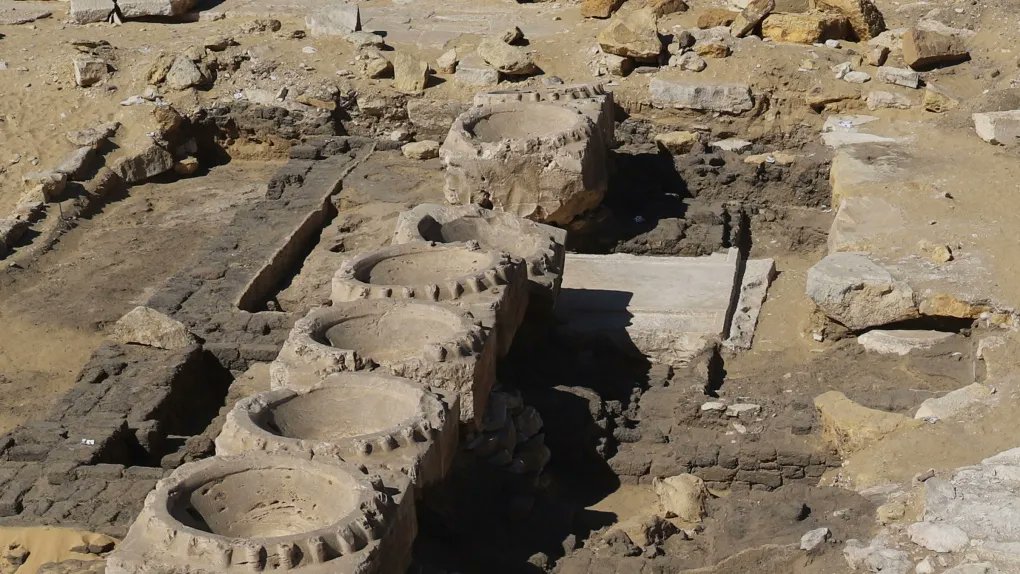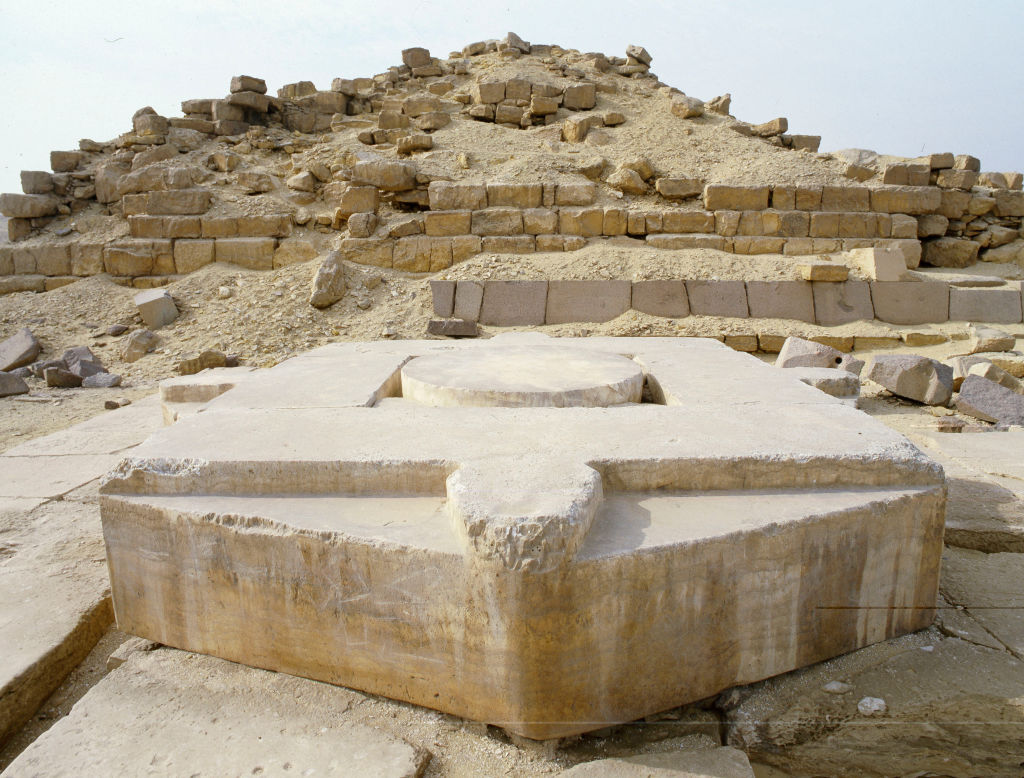Archaeologists Discover ‘Lost,’ 4,500-Year-Old Egyptian Sun Temple
Archaeologists in Egypt have unearthed the remnants of a lost “sun temple” dating back to the 25th century BCE. Experts believe it to be one of just six such temples erected as a shrine to sun god Ra during the Old Kingdom, although to date, only two other sun temples have been found.

The structure was discovered below a separate temple—itself one of the other known sun temples—at Abu Ghurab, roughly 12 miles south of the capital city of Cairo.
The newer temple is thought to have been built between 2400 and 2370 BCE by Nyuserra (also referred to as Nyuserre and Niuserre), an ancient Egyptian pharaoh who ruled during the Fifth Dynasty.
The structure was first excavated by archaeologists in 1898. It turns out, however, that they didn’t uncover all that the site had to offer.
“The archaeologists of the 19th century excavated only a very small part of this mud-brick building below the stone temple of Nyuserra and concluded that this was a previous building phase of the same temple,” Massimiliano Nuzzolo, the archaeologist who co-led the dig, told CNN this week. “Now our finds demonstrate that this was a completely different building, erected before.”

From the older temple, the archaeologists uncovered a pair of columns from a portico and an entrance threshold, all made of limestone.
Nuzzolo—who is an assistant professor of Egyptology at the Warsaw-based Polish Academy of Sciences’ Institute of Mediterranean and Oriental Cultures—explained that Nyuserra likely used the bones of the previous temple to erect his own.
“We knew that there was something below the stone temple of Nyuserre, but we don’t know if it is just another building phase of the same temple or if it is a new temple,” the archaeologist elaborated for the Daily Telegraph.
“Actually, the fact that there is such a huge, monumental entrance would point to a new building. So, why not another sun temple, one of the missing sun temples?”
Nuzzolo and his team also uncovered seals engraved with the names of kings, as well as dozens of beer jars. The latter vessels have been dated to the mid 25th century BCE, meaning they were created well before Nyuserra’s construction.
These findings were featured in an episode of the series Lost Treasures of Egypt that aired on the National Geographic channel last weekend. However, whoever was responsible for building the older temple remains an unanswered question.





